Amalfi
15 marzo 2011 - ore 14,55
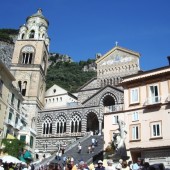 Located in the heart of the Amalfi Coast, Amalfi is a UNESCO World Heritage Site in 1997. The origins of the village are very old and its foundation dates back to Roman domination. During its thousand-year history, it was one of the famous Amalfi Maritime Republics that were vying for control of the Mediterranean.
Located in the heart of the Amalfi Coast, Amalfi is a UNESCO World Heritage Site in 1997. The origins of the village are very old and its foundation dates back to Roman domination. During its thousand-year history, it was one of the famous Amalfi Maritime Republics that were vying for control of the Mediterranean.The entrance of the village is dominated by the majestic Tower of San Francesco, now called "Saracen." because once his task was to defend against attacks by the Maritime Republic of the Saracens.
The most important religious building is the Cathedral of Amalfi, located in Piazza Duomo. The construction in Arab-Sicilian style, dates from the eleventh century and is dedicated to the patron, Saint Andrew. Considerable bronze portals of the facade, made in Constantinople, and the steps that frames the facade.
From the left side of the porch you enter the beautiful Cloister of Paradise, a four-oriental style, with fine arches supported by twin columns. The church has instead, in polychrome marbles, in silver, the precious paintings and coffered ceiling in gold, a baroque style.
Leaving you reach Piazza Duomo, going through a quaint porch, the remains of the old Arsenal of the Republic. The building, which is the only example of a shipyard in southern Italy, consists of two large pointed arches, overlooking a small square, the former seat of Fondaci, warehouses of the merchants.
In the vicinity of the Arsenal, we find Piazza dei Dogi, formerly called Piazza dei Ferrari, blacksmiths' shops that opened here, also visit the District Vagliendola, where he was formerly the "Vallenula", the western gate of the city. In Ward we can admire the church of San Biagio, an ancient possession of the Abbey of Monte Cassino, with the small bell in the Byzantine style.
Continuing, we find the Capuchin Monastery, a convent of St. Peter's Rectory, founded in 1212. To see the beautiful cloister dating from the thirteenth century and the loggia pergola.
Among the religious buildings, sights is the Church of St. Anthony: construction, attached to the convent of St. Francis, is situated on the sea: the interior, a nave, with precious frescoes of the thirteenth century.
Continuing, we find Piazza Municipio, where there is the sixteenth-century palace, the former Monastery of SS. Trinity, and now the town hall. Inside are exposed tari, ancient coins of Amalfi, a rare copy of "Tabula Amalphitana" and the traditional costumes worn during the Regata Storica.
In place of the Holy Spirit begins Mill Valley, also known as the Valley of Canneto, home since the middle ages of the oldest paper mills in Europe.
In the old mill Milani are the Paper Museum, which preserves the ancient paper-making machinery "bambagina" for the production here Amalfi is famous.
Amalfi is the summer capital of sophistication and fun with many events, but throughout the rest of the mild climate makes sweet long walks and the city has with its surroundings, called "houses" unparalleled beauty and wonderful views.
The old town of Amalfi is rightly considered an outdoor museum as it retains almost intact, architectural and urban planning of its past. Amalfi is close to "Furore" an impressive beauty.
Amalfi is also the beaches of extraordinary beauty such as the beach of Santa Croce characterized by crystal clear waters and its characteristic natural arch, then Duoglio beach and the beach of Marina Grande.


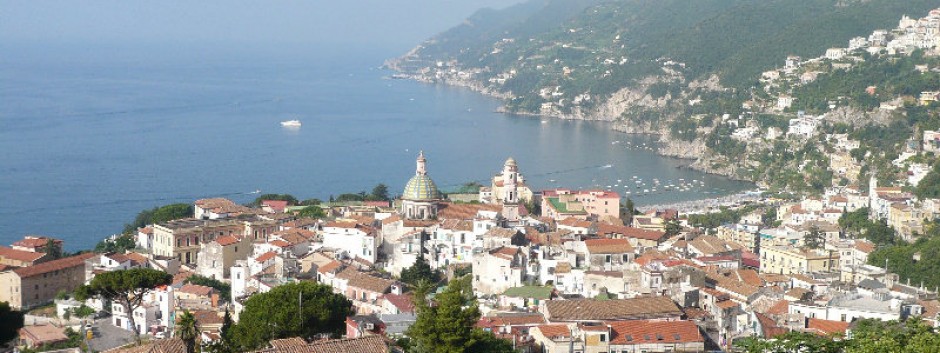
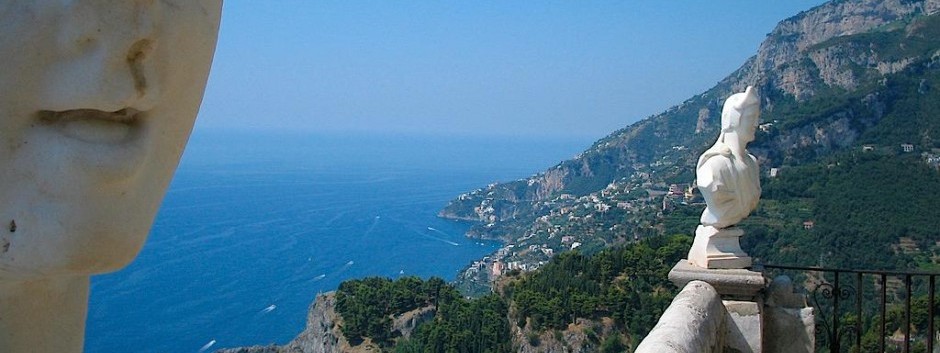

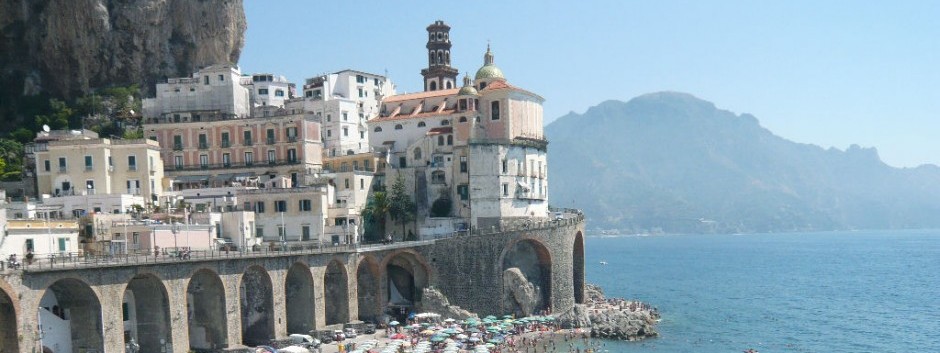

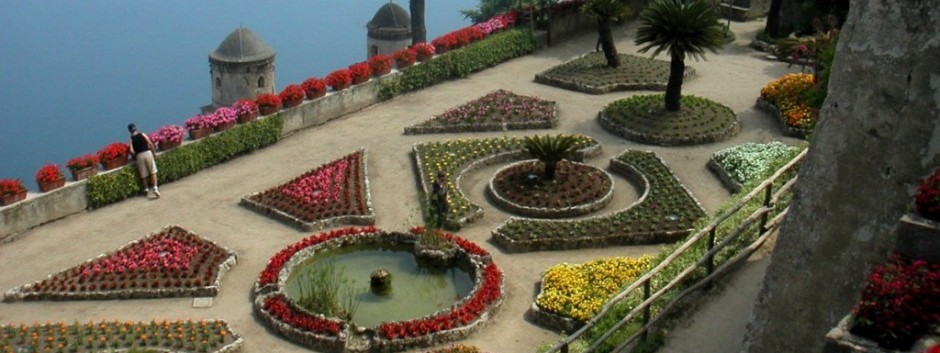
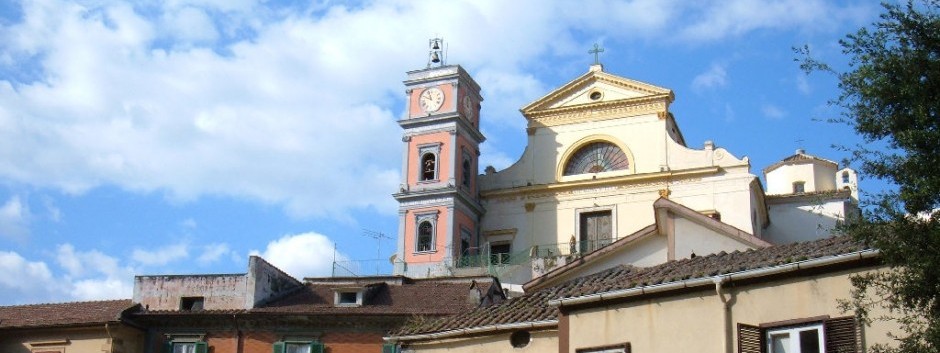
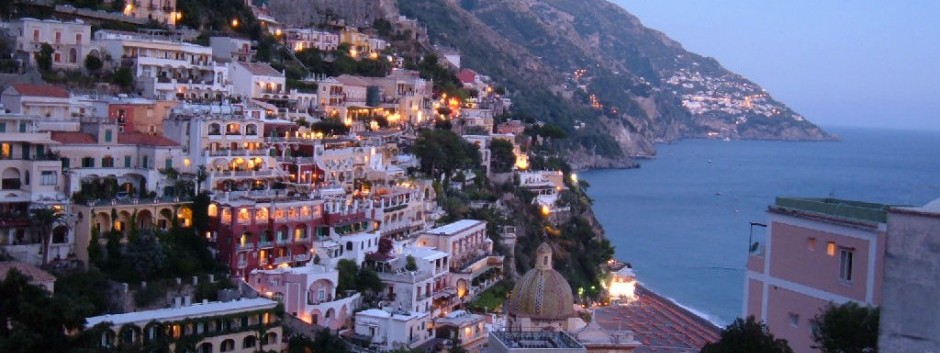
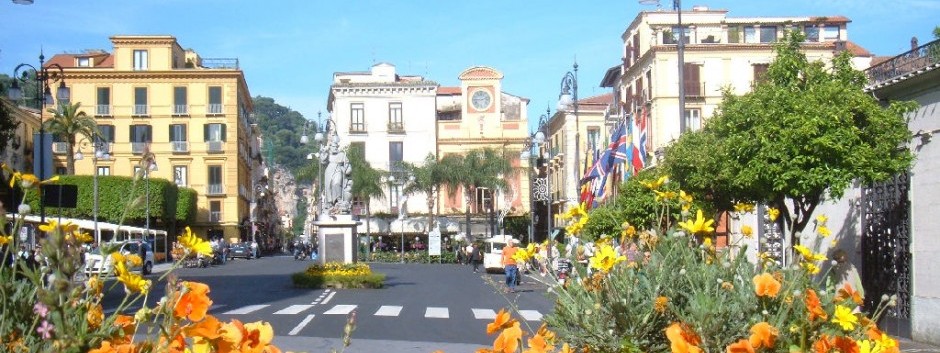
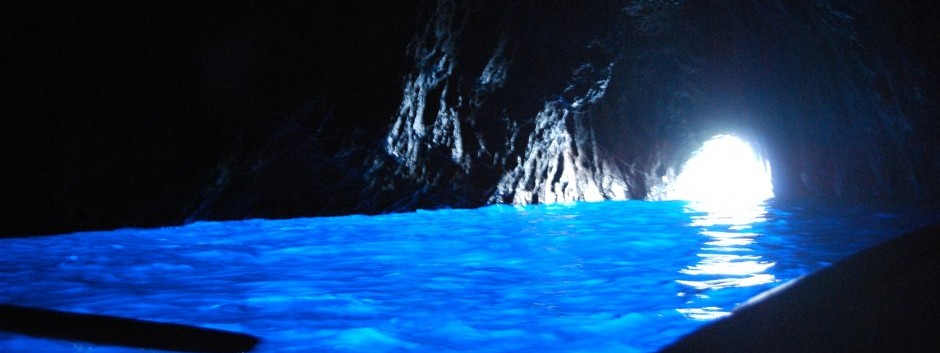
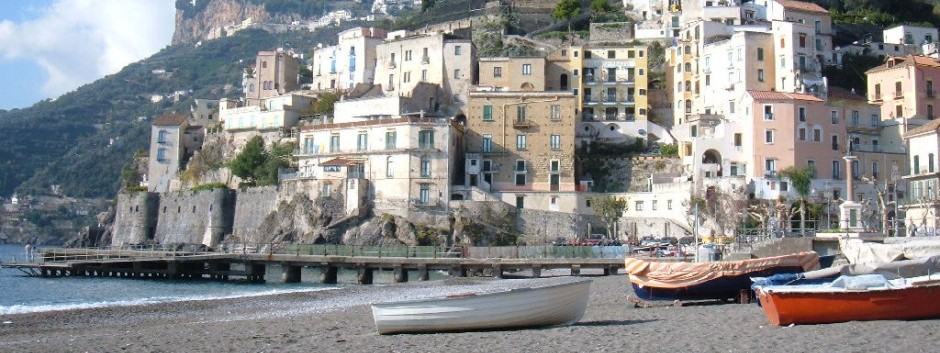
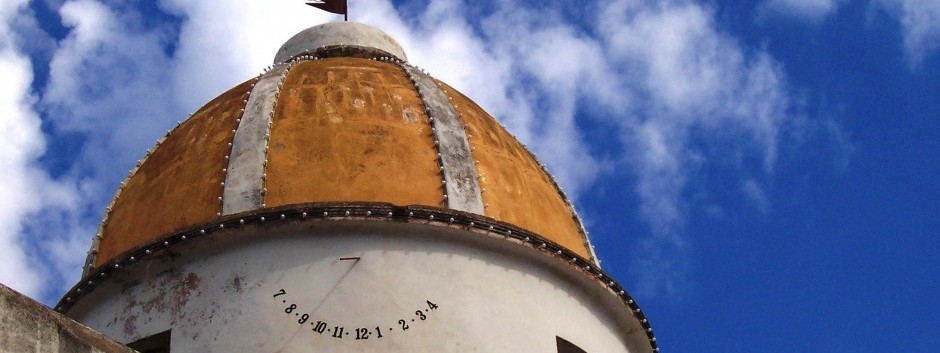
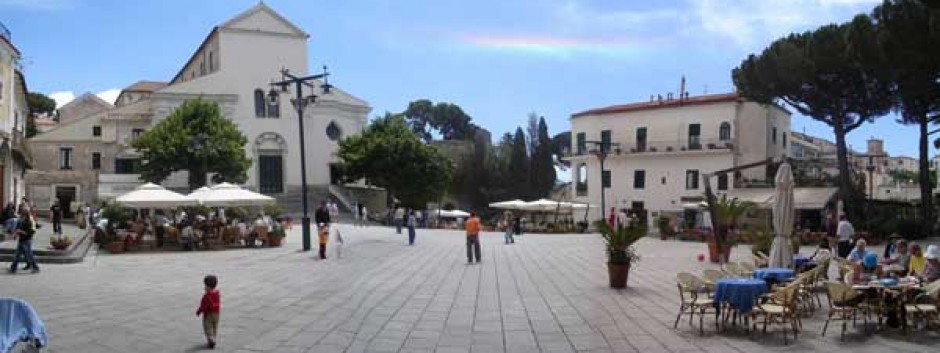

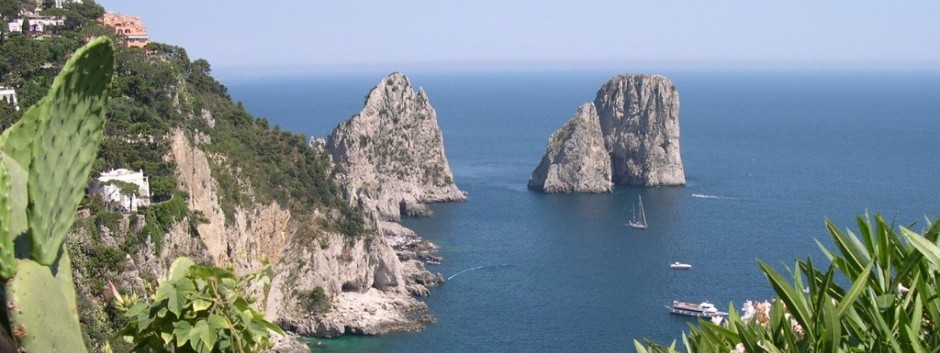
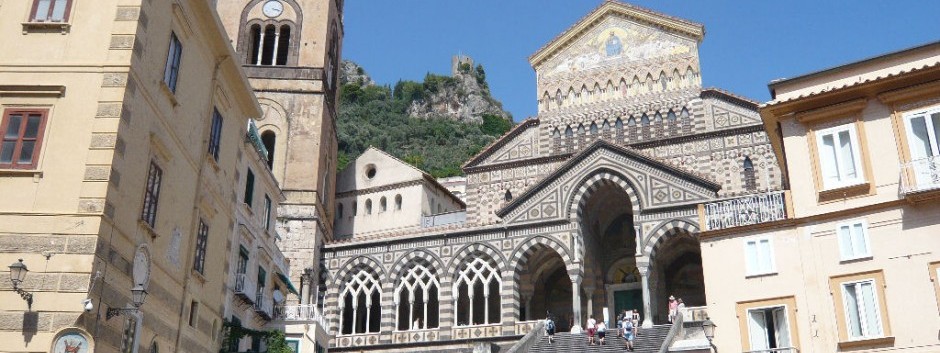
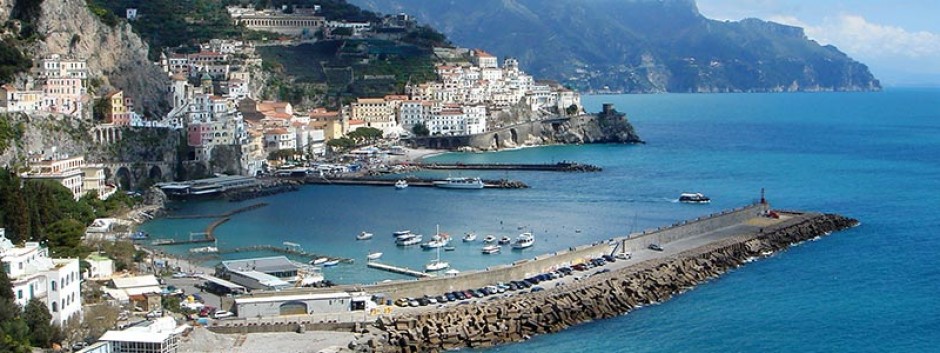
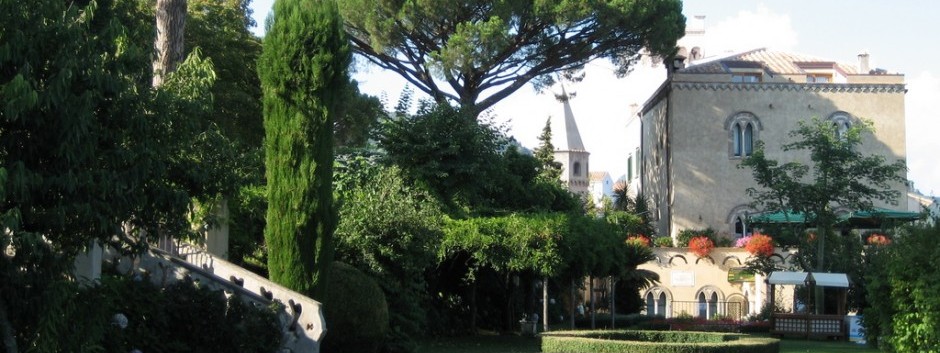
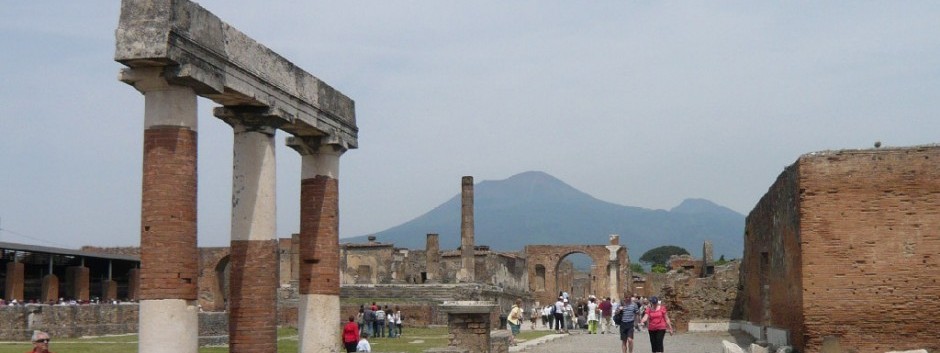




















 go back
go back Il Pavone - Bed & Breakfast di Pavone Salvatore
Il Pavone - Bed & Breakfast di Pavone Salvatore